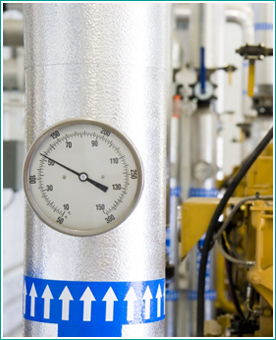| |
 |
 |
 |
 |
 |
 |
 |
| |
|
|
|
|
|
|
|

 |
An Energy Source
Landfill gas is generated during the decomposition of organic solid waste in a landfill. This gas consists of about 50 percent methane (CH4), the primary component of natural gas, about 50 percent carbon dioxide (CO2), and a small amount of non-methane organic compounds. Landfill gas also has very small amounts of other contaminants that even in these very low concentrations can cause unpleasant odours and poor local air quality, potentially resulting in landfill complaints from neighbours. Due to its methane content, landfill gas can be harnessed as an energy source that can be used as a fuel in engines or turbines to generate electricity or be used directly in industrial appliances such as boilers or furnaces to make heat or steam. By using landfill gas as an alternative to traditional nonrenewable energy sources such as coal or natural gas, landfills can be harnessed to provide a valued commodity - energy! |
||||
|
|||||